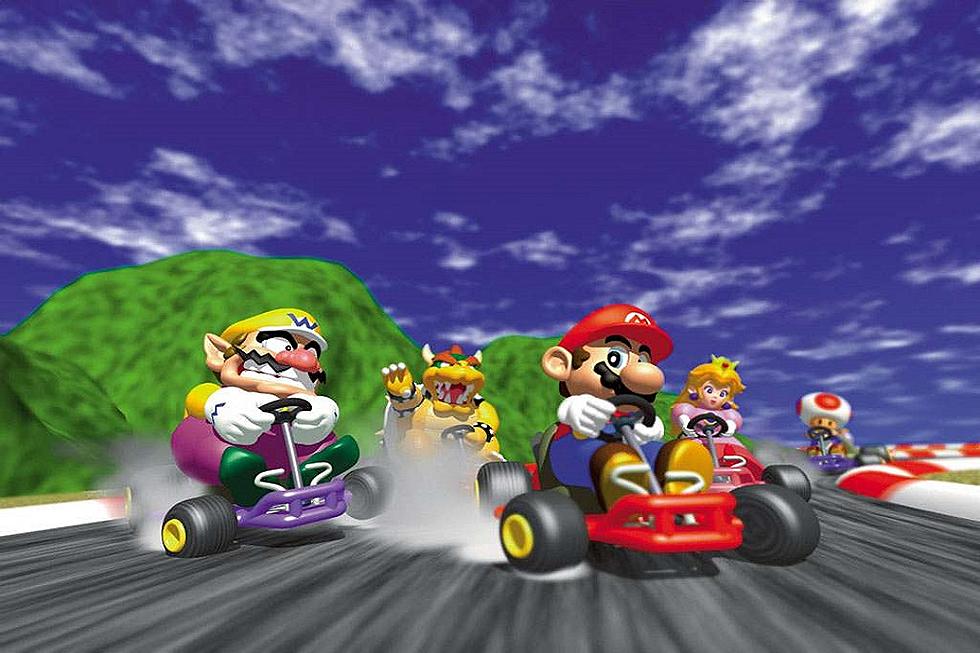
Building Unbreakable Bonds in Shin Megami Tensei: Persona 3
The Shin Megami Tensei series is a staple of Japanese roleplaying game design. Where other established franchises have moved away from their roots or ventured into new genres and mechanics for evolving player expectation, many of the SMT games have stayed faithful to a certain style, evolving what needs to be evolved and keeping other enjoyable and beloved systems in play. One of the flagships of SMT has always been the Persona series, which tasks normal high school students with gaining the power of supernatural entities to fight against enormous threats to the whole of humanity. We’re putting the spotlight on Shin Megami Tensei: Persona 3, which arrived on North American shelves today in 2007 and stands as one of the most interesting entries in the entire SMT franchise.
Development of Persona 3 began in 2004 shortly after the releases of SMT titles Nocturne and Digital Devil Saga and was worked on by the same team that created those two games. From the beginning, it seemed Persona 3 was set on a different course than its predecessors. Previous SMT games featured negotiations during battle that would allow players to talk an enemy into giving up bonuses. In the Persona games, this meant items that could be used to gain new Personas (the supernatural beings party members use to fight enemies), that could then be equipped to make characters stronger. In Persona 3, negotiations were scrapped in favor of a new and interesting system, known in the North American release as Social Links.
Social Links were a new aspect that focused the player on interaction with characters of the game. Learning their interests, making the right choices and befriending characters raises the protagonist’s Social Link, which grants the player a bonus when creating new Personas of a given alignment. Building strong relationships with a character could lead to the strongest Personas attuned to that Social Link while upsetting characters could lead to negative consequences such as being unable to summon certain Personas or losing out on all Personas of an attunement entirely. In this way, Persona 3 added a relationship simulation aspect to the game with the player character forming bonds with others in the story in order to boost Social Links and gain helpful bonuses in combat.
Like the other Persona games, Persona 3 is centered on high school kids. It begins with the silent main protagonist transferring to a new school in the Japanese city of Iwatodai. They learn that the city is afflicted with a sort of curse. During a time between one day and the next, known as the Dark Hour, a giant labyrinthine tower known as Tartarus appears. During this time, shadows roam the area and prey upon anyone unfortunate enough to be caught. The protagonist discovers they are capable of summoning a Persona to combat these shadows and becomes part of a team of students that can do the same, known as the “Specialized Extracurricular Execution Squad” or SEES. SEES is tasked with investigating the Dark Hour, shadows, and Tartarus, as well as rescuing anyone caught in the crossfire.
Heavy emphasis was given to providing each party member with a distinct identity in Persona 3. Where in previous games, players had full control over actions and could equip a character with any Persona available, in Persona 3, players can only change the Persona of the protagonist at will. All other character have a Persona that can’t be changed, except through special story events. Though it was changed in later releases, the original release of Persona 3 further pushed identity by making only the actions of the player character entirely controllable. Party members can be given general commands and will act on their own based on what is available to them.
Persona 3 did a lot of interesting things with the series. Many will remember it as the JRPG where players summon powers by using a gun (their Persona Evoker) to shoot themselves in the head. In many ways it hits on the same points as most any other Shin Megami Tensei game. However, with additions like the Social Links, Persona 3 would become an iconic addition to the series and a basis on which many future SMT RPGs would be built. Not everything in it is the most beloved, but in the hearts of many SMT fans, it stands as a shining point of the franchise.
More From Arcade Sushi









